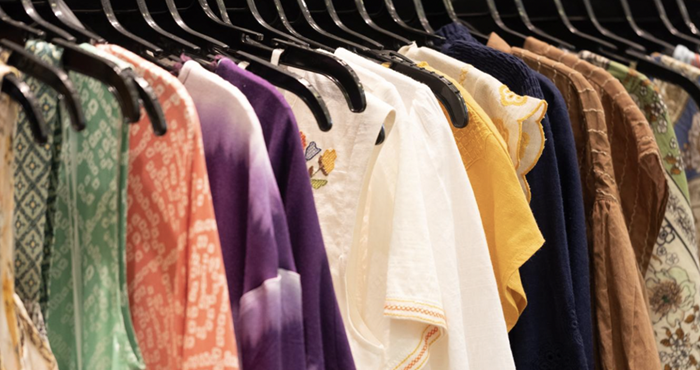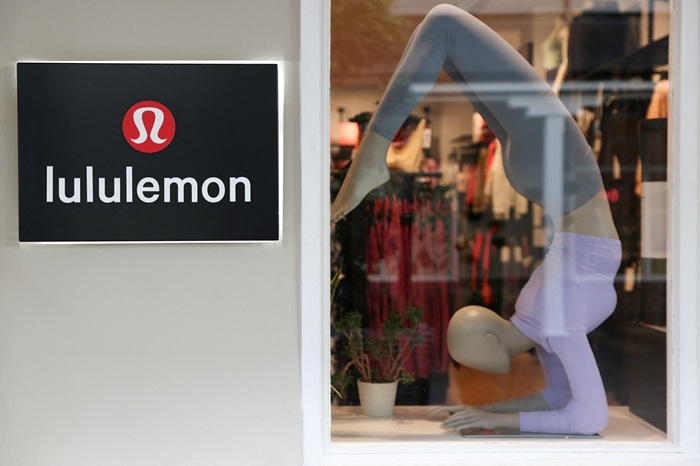
The scent of mothballs, the rustle of tweed, the comforting weight of a well-worn leather armchair – these were once the hallmarks of fashion and apparel brands catering to an older, more traditional clientele. But in a world obsessed with youth and rapid trends, these venerable institutions faced a stark choice: fade into obscurity or reinvent themselves. The challenge is maintaining their core identity while attracting a new generation and staying relevant in a digital, fast-paced marketplace.
Shifting consumer perception
For decades, brands specializing in classic silhouettes and durable materials were synonymous with ‘old-fashioned’. This perception, coupled with a lack of digital presence and an aging customer base, threatened their very existence. The younger generation, raised on social media and influencer culture, saw these brands as relics of the past, lacking the dynamism and trend-forward approach they craved.
The primary challenges faced by these brands was the age stigma where the needed to overcome the association with ‘old’ and project a contemporary image. Balancing classic designs with modern trends and sustainability was also a concern.
Also, most had a digital disconnect without e-commerce, social media marketing, and online engagements. And bridging the generational gap and appealing to younger demographics too was an uphill task.
Tailoring a transformation
Now several brands have successfully navigated this transformation, demonstrating that heritage and modernity can coexist.
Marks & Spencer (M&S): Dramatic demographic shift
M&S, a British retail giant, provides a compelling case study of a successful turnaround. Once perceived as a brand primarily for older women, M&S has achieved a significant demographic shift, attracting a younger customer base. It started by introducing third-party brands targeting younger shoppers, such as Nobody's Child, expanding its appeal. The focus became more fashion-forward Focus emphasizing more trend-led and stylish clothing collections. Under the chairmanship of Archie Norman, a push to create fashionable clothes for all ages, shifting away from a focus on the over-55s was started. There was significant growth in online customers, with a notable decrease in the average customer age. Its share in the clothing market across all age ranges grew, with a disproportionate increase among under-35s.
As it adopted these changes M&S saw a significant drop in the average age of customers. It caught the attraction of 1.4 million new online customers, with an average age five years younger. Brand perception among younger women improved. The brand saw its strongest financial health since 1997. Market share within the clothing and home market went up. The shift from primarily catering to over 55's to targeting the 35+ customer has proven very effective.
Burberry: From trench coats to streetwear cred
Burberry, a British luxury brand known for its iconic trench coats and tartan pattern, faced the challenge of shedding its ‘stuffy’ image. Under the creative direction of Riccardo Tisci, the brand embraced streetwear influences, collaborated with influencers, and launched bold, contemporary designs. The brand leveraged digital platforms like Instagram and TikTok to engage younger audiences; collaborated with streetwear designers and artists to introduce limited-edition collections; reimagined classic pieces with modern silhouettes and unexpected details; and created a strong digital presence, and used online events and digital drops to create hype.
Now Burberry has successfully attracted a younger demographic while retaining its core identity, proving that heritage and modernity can be seamlessly blended.
Brooks Brothers: A classic cut with a modern twist
Brooks Brothers, a purveyor of classic American menswear, struggled to connect with younger consumers who perceived it as outdated. The brand responded by introducing slimmer fits and contemporary styles alongside its traditional offerings; collaborating with designers to create capsule collections that appealed to a wider audience; focusing on quality and craftsmanship, highlighting the enduring value of its products; heavily investing in online shopping experience, and using data to better understand their modern customers.
Now, Brooks Brothers is working to strike a balance between its heritage and modern appeal, demonstrating that classic style can be relevant in a contemporary context.
L.L.Bean: Outdoor legacy, digital future
L.L.Bean, known for its durable outdoor apparel and iconic Bean Boots, faced the challenge of reaching a digitally savvy audience. It began by investing heavily in its e-commerce platform and digital marketing; creating engaging content on social media, showcasing the versatility and durability of its products; partnering outdoor influencers and content creators; focusing on sustainability, and the long term value of their products.
Now L.L.Bean has successfully expanded its reach and attracted a new generation of outdoor enthusiasts, proving that heritage brands can thrive in the digital age.
Common strategies for change
These case studies highlight several common strategies employed by heritage brands.
Embracing digital transformation: Investing in e-commerce, social media marketing, and online engagement.
Balancing heritage and modernity: Reimagining classic designs with contemporary details and silhouettes.
Collaborating with influencers and designers: Reaching new audiences through strategic partnerships.
Focusing on quality and sustainability: Highlighting the enduring value of well-made products.
Data driven decisions: Using customer data to understand and cater to the changing customer.
Thus the reinvention of these heritage brands is a testament to their adaptability and enduring appeal. By embracing change while staying true to their core values, they are proving that age is just a number in the world of fashion and apparel. The story is not just about the clothes, but about the enduring quality, and the ability to adapt to a changing world.












